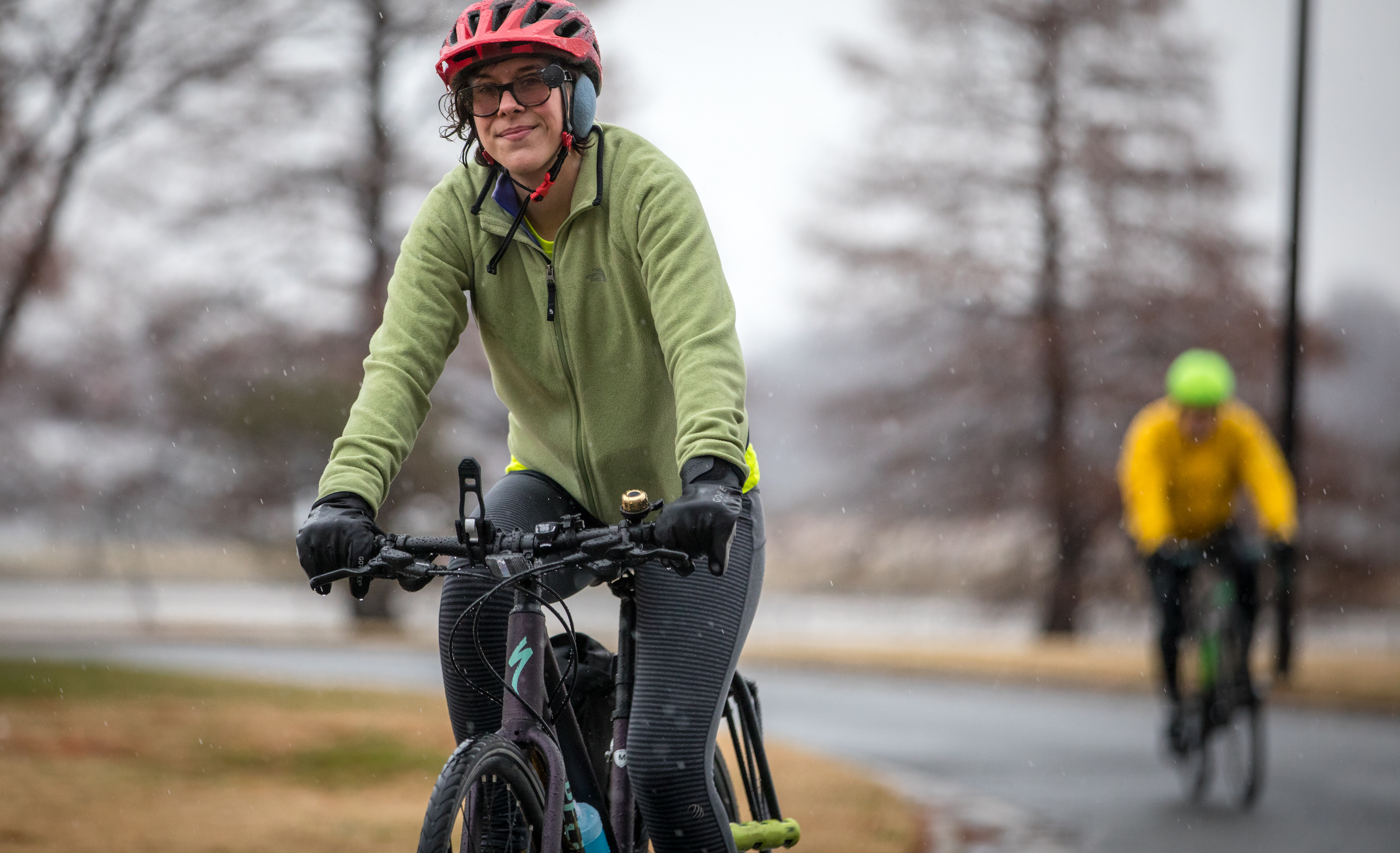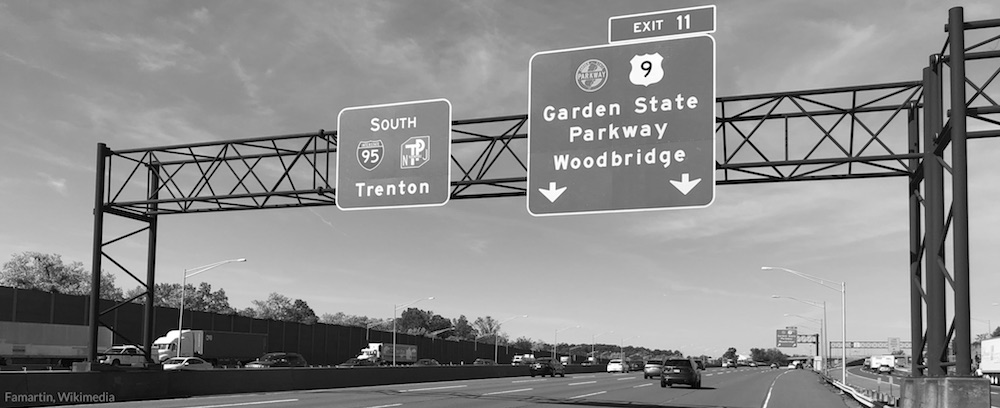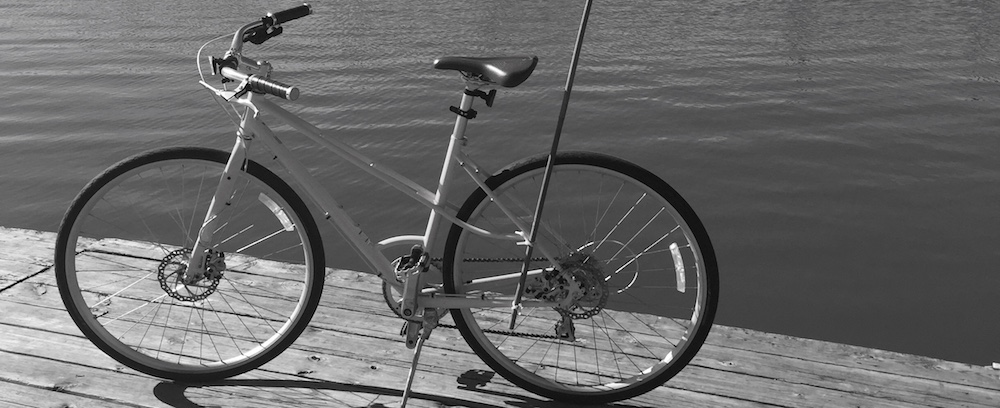
Transportation doesn’t just mean cars or trucks—or just bikes, buses, and walking. Transportation is all of those and more, and different modes are better suited for different people, different stages of life, and different tasks. But in America our “transportation system” is more often than not comprised mostly of highways and roads designed solely for cars, with little space for people. The essay below is a personal reflection on how transportation needs and desires change, yet our transportation system often makes it challenging and dangerous to get around without a car.
The bicycle was my first love.
In a town of only 1.6 square miles, my bicycle made me a monarch. With the power of my own two feet propped up against the pedals, I could reach everything that tiny town had to offer: the park, the river, the corner store deli, all of my friends just a blink away.
My bicycle made me fearless, flying reckless down hills as steep as mountainsides, wind whipping through my hair. If I ever fell, the answer was simple: try again, but faster. I still have the scars to prove it.
But with the dawn of adolescence, my world got bigger. A half hour bus ride to high school stretched its limits well beyond the borders of my hometown. Suddenly, I needed to reach places my bicycle could no longer carry me: the mall, the diner, the homes of new friends. The world had so much more to offer me. I needed only venture across that impassable wall called the Garden State Parkway where no one on a bicycle dared tread, not even me.
The sprawl of suburbia ensnared me, and I left my first love behind.

Then came the car: slick, shiny, sophisticated. That engine purring at my touch. The car was the leather clad rebel that effortlessly swept seventeen-year-old me off my feet. And for a while, off my bicycle.
The car promised me a new kind of freedom: a whole little world all my own. I could pack her full with friends or possessions and take them with me anywhere. No more begging rides from dad, no more wrangling my calendar around somebody else’s. If my bicycle made me a monarch, my car made me an empress.
My car gave me power. I could roll down the windows, blast the radio loud, and zoom across highways that carried possibilities as wide and infinite as the universe itself. The car came with trust as well, to help shepherd step-siblings to their after-school activities, to pay forward the debt of rides I racked up over my pre-teen years.
That car could take me anywhere. She even took me away from my home state to a college campus in Washington, DC.
“If my bicycle made me a monarch, my car made me an empress.”
That’s when my relationship with the car started to change. I began to resent this demanding partner of mine, fickle and toxic and oh so high-maintenance. Gasoline, insurance, parking fees, oil changes: my car swallowed them all and still pined for more.
My car grew jealous of my new affair with the city bus that could carried me away to all of Washington, DC’s scenic landmarks: museums, restaurants, monuments, all without the added burden of hunting down parking. All without the hassle of bickering through traffic.
I left my car behind to gather rust in my backyard. And when I ventured onward to graduate school an ocean away, I broke up with my car and never looked back.

But you never forget your first love.
Back in Washington, DC with a full-time job and a few extra letters tacked on to the end of my name, I rediscovered the joy and freedom of that elegant, two-wheeled marvel. For all the changing and growing I’d done over the years, my bicycle grew and changed along with me, with new features of her own: a rack to carry groceries, enough gears to match the pace of adult life in a bustling city, and a lighter, swifter build to weave effortlessly through stalled, belching traffic.
But the car, that spiteful, inescapable ex held a grudge against us. Angry and resentful, she would do anything to break apart my rekindled relationship with the bicycle.
And she tried, with all the force two tons of metal can carry.
I still have the scars, along with the mangled, crushed bicycle, to prove it.
“I rediscovered the joy and freedom of that elegant, two-wheeled marvel.”
I’m tired of stories like mine.
I’m especially tired of hearing stories far worse than mine.
I was so lucky to survive my crash with nothing but scars and some lingering mental trauma. But in 2018, drivers struck and ended the lives of 857 of my fellow cyclists on our nation’s roads, and an additional 6,283 people were similarly killed in traffic crashes while walking. These tragedies have only worsened in recent years: while it’s become safer and safer to be inside of a vehicle, unfortunately being outside of one has grown more dangerous with each passing year.
The good news is, there’s hope. Dozens of communities nationwide have committed to Vision Zero, to do everything in their power to eliminate unnecessary, preventable deaths from their roadways. More than 20 representatives and counting have signed on to co-sponsor the federal Complete Streets Act, which would set aside funds for projects that provide safe places to walk and bike. And countless advocates and champions have taken up the call in support of this much-needed policy.
Yes, the good news is, there’s hope.
The bad news is, while our roads continue to encourage fatally high speeds, these much-needed changes to prioritize safety are not moving nearly fast enough.
But I haven’t given up just yet. For all the scars and heartbreak I’ve endured, I still dream of a world where my relationship with the bicycle can coexist—peacefully and safely—with all the cars, drivers, buses, and people navigating life and love on our streets.